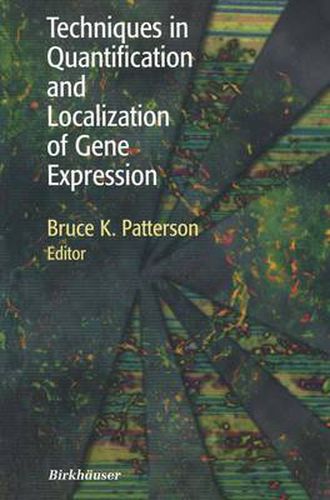Readings Newsletter
Become a Readings Member to make your shopping experience even easier.
Sign in or sign up for free!
You’re not far away from qualifying for FREE standard shipping within Australia
You’ve qualified for FREE standard shipping within Australia
The cart is loading…






This title is printed to order. This book may have been self-published. If so, we cannot guarantee the quality of the content. In the main most books will have gone through the editing process however some may not. We therefore suggest that you be aware of this before ordering this book. If in doubt check either the author or publisher’s details as we are unable to accept any returns unless they are faulty. Please contact us if you have any questions.
Can the son or daughter of a baseball pitcher or cricket bowler throw a ball 100 miles an hour? Is the son or daughter of an opera singer also an opera singer? Is a house with functional light switches lit? The line of thinking in these rhetorical questions also applies to human genetics. What do baseball pitchers, opera sing ers, light switches, and the Human Genome Project have in common? These questions address the issue of potential versus realization of function. Although sons and daughters of baseball pitchers and opera singers may have inherited the mechanical attributes to be baseball pitchers and opera singers, they may not, at any point in time, be baseball pitchers or opera singers. A house with functional light switches is not lit unless the light switches are on. Similarly, all of the genes discovered and sequenced as a result of the Human Genome Project are not expressed at the same time. Genome project information will allow us to deter mine the repertoire of genes in an individual, which is analogous to determining where the light switches in a house are located and whether they are functional (a mutation or deletion in the Genome Project Model). The pattern of on light switches in a house gives us functional information as to what the family inside is doing (e. g. , eating, reading, sleeping). Similarly, the pattern of gene expression (RNA) gives us information on what our bodies are doing (e. g.
$9.00 standard shipping within Australia
FREE standard shipping within Australia for orders over $100.00
Express & International shipping calculated at checkout
This title is printed to order. This book may have been self-published. If so, we cannot guarantee the quality of the content. In the main most books will have gone through the editing process however some may not. We therefore suggest that you be aware of this before ordering this book. If in doubt check either the author or publisher’s details as we are unable to accept any returns unless they are faulty. Please contact us if you have any questions.
Can the son or daughter of a baseball pitcher or cricket bowler throw a ball 100 miles an hour? Is the son or daughter of an opera singer also an opera singer? Is a house with functional light switches lit? The line of thinking in these rhetorical questions also applies to human genetics. What do baseball pitchers, opera sing ers, light switches, and the Human Genome Project have in common? These questions address the issue of potential versus realization of function. Although sons and daughters of baseball pitchers and opera singers may have inherited the mechanical attributes to be baseball pitchers and opera singers, they may not, at any point in time, be baseball pitchers or opera singers. A house with functional light switches is not lit unless the light switches are on. Similarly, all of the genes discovered and sequenced as a result of the Human Genome Project are not expressed at the same time. Genome project information will allow us to deter mine the repertoire of genes in an individual, which is analogous to determining where the light switches in a house are located and whether they are functional (a mutation or deletion in the Genome Project Model). The pattern of on light switches in a house gives us functional information as to what the family inside is doing (e. g. , eating, reading, sleeping). Similarly, the pattern of gene expression (RNA) gives us information on what our bodies are doing (e. g.